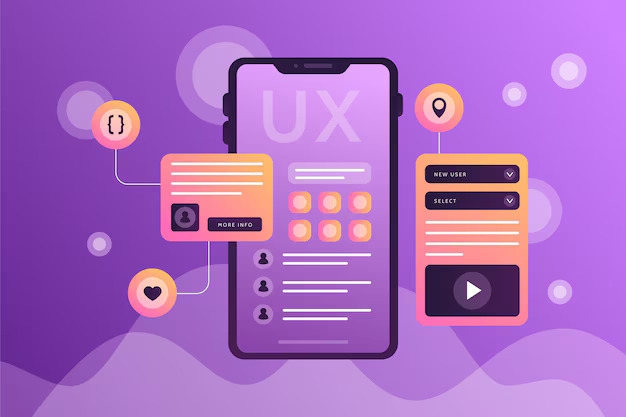
UI Animation: Merging Interaction Design Patterns with Lottie Animation Examples
Introduction to UI Animation
UI animation has become an essential element of modern digital design. It guides users, delivers feedback, and brings interfaces to life. When thoughtfully paired with interaction design patterns, animations help users understand system behavior and transitions without needing extra instructions. These patterns serve as the foundation for motion design, ensuring consistency and clarity across mobile and web interfaces.
Why Interaction Design Patterns Matter
Interaction design patterns are tried-and-tested solutions to common UX problems — such as navigation transitions, loading states, and form feedback. When animations are built around these patterns, they enhance usability rather than distract from it. By integrating motion within these frameworks, designers ensure every animation serves a clear purpose: to inform, guide, or reassure the user.
For example, a fade-in tooltip based on hover, or a swipe-to-delete gesture in a list, follows predictable logic — helping users feel in control. These patterns are often stored in a UI motion library, making them reusable and scalable across products.
Power of Lottie Animation Examples in UI Design
Lottie animation examples have revolutionized how designers implement high-quality animations across platforms. Created using Adobe After Effects and exported as JSON, Lottie files allow for smooth, scalable, and lightweight animations that can be embedded in apps or websites. Whether you’re adding animated icons, success checkmarks, or splash screens, Lottie makes it easy to maintain performance without sacrificing visual impact.
These examples are especially useful when working within a UI library, where components must remain consistent and efficient. Lottie’s flexibility allows developers to control playback, loop, or trigger animations based on user behavior — making it perfect for reinforcing interaction design patterns through motion.
Real-World Uses of UI Animation
-
Mobile Apps: Use swipe gestures, onboarding animations, and pull-to-refresh loaders that follow interaction design patterns for better usability.
-
Web Interfaces: Implement hover effects, scroll animations, and feedback indicators using Lottie animation examples for visual clarity and lightweight performance.
-
SaaS Dashboards: Add confirmation states, loading icons, and tooltips from a UI motion library, all animated through Lottie for a seamless UX.
Tools That Combine Patterns and Lottie
Tools like Figma, Framer, LottieFiles, and Webflow now allow designers to preview, edit, and implement animations directly into their design systems. With access to thousands of Lottie animation examples, teams can build rich interactive experiences while staying true to established interaction design patterns. This approach minimizes confusion and maximizes satisfaction across digital touchpoints.
Conclusion
Combining interaction design patterns with scalable motion through Lottie animation examples results in user interfaces that are both intuitive and delightful. As expectations for smooth, meaningful interaction grow, mastering this blend of structure and creativity becomes a key skill for designers and developers alike. With the right tools and motion strategies, your UI can be as functional as it is beautiful.